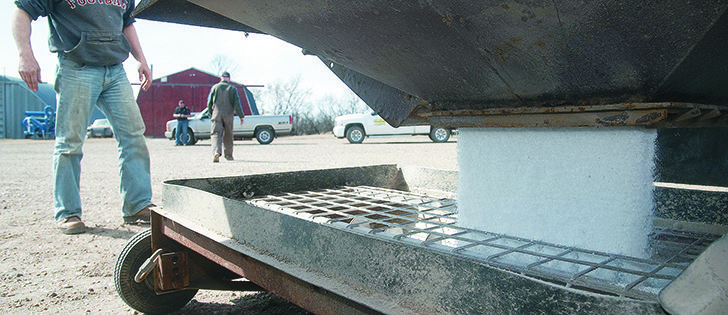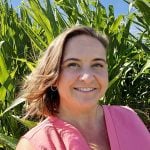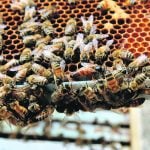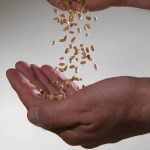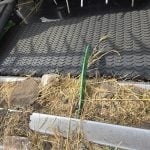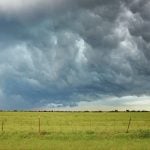Seeking farmer equity | FNA wants farmers to own ‘as much of the plant as they possibly can.’
TABER, Alta. — Farmers of North America has chosen a site and raised $8 million for a proposed $1.76 billion nitrogen fertilizer plant on the Prairies.
At the first of a series of FNA meetings scheduled this fall, vice-president Terry Drabiuk declined to reveal the planned location of the plant, saying only that “everybody in this room is in a good position.”
In a later interview, he said the location is being kept under wraps while FNA talks with nine third parties, one of which it expects will undertake construction and partial ownership of the plant.
Read Also
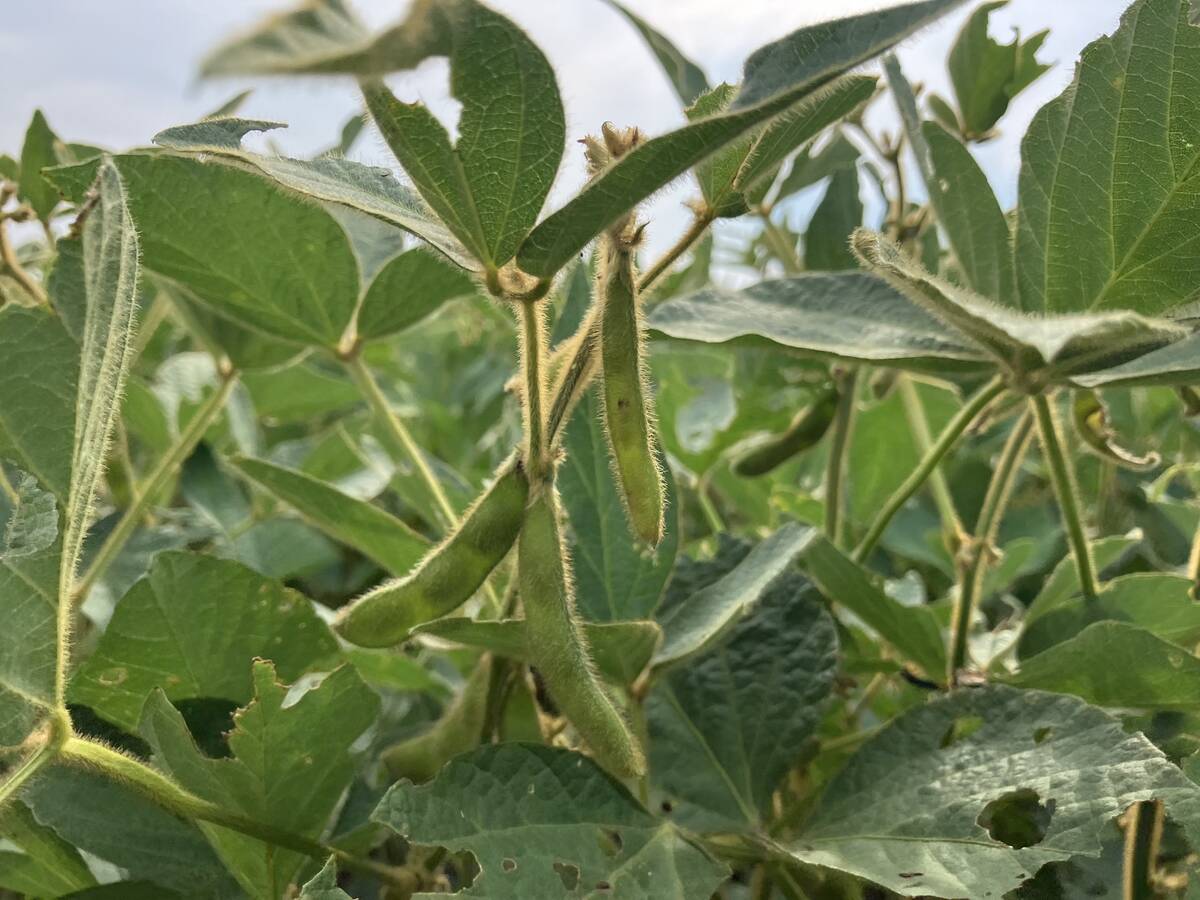
U.S. loses out on sales of soybean to China
U.S. soybean exporters risk missing out on billions of dollars worth of sales to China this year as trade talks drag on and buyers in the top oilseed importer lock in cargoes from Brazil.
“We’re in discussions with third party strategic investors and partners, and we don’t want to disrupt their organization should it cause problems with their shareholders or their owners,” said Drabiuk.
The site has a natural gas pipeline running through the 225-acre property, with rail access, water and electrical service and is close to a potential labour market, he told a small group of Taber area farmers.
FNA floated the idea of farmer investment in a fertilizer plant two years ago. Response encouraged it to launch Project N and form the FNA Fertilizer Limited Partnership, which is tasked with finding partners, explaining the concept and encouraging farmer seed money and investment.
FNA has sold 8,100 seed capital units and signed up 2,100 farmers. Drabiuk said it wants to sell 12,000 units and 4,000 committed farmers with a collective 20 million acres.
“Honestly, we would take 10,000 farmers. The more the better,” he said.
“Our target of 4,000 is, I think we have a legitimate leverage to get a majority of the equity in the plant depending on the size of farmers and how much they’re prepared to invest when it comes to the offering memorandum. But we want farmers to own as much of the plant as they possibly can.”
A critical component of the project is its “closed loop system,” meaning farmer investors would also be consumers of the product, eliminating the need to find markets, he said. It also means farmer investors won’t necessarily get to buy fertilizer at a cheaper rate.
“Farmers can choose to get cheaper fertilizer, but then they would get less dividends,” Drabiuk said.
“So if they paid higher for their fertilizer, the plant’s going to make more money and the more dividends it will be able to pay. So as owners of the plant, they have that choice.”
The project also includes plans for 16 “super centres” across Canada and in the U.S. Midwest. MNP LLP has been hired to determine the most economically sound locations, Drabiuk said.
The centres would store product from the plant and also have blending capability. FNA would receive a service agreement to manage distribution from the plant.
Farmers would have equity in the super centres and collect dividends, as they would from the plant itself, according to the plan.
Drabiuk said another 2,000 committed farmers would allow FNA to acquire controlling interest. He declined to identify the third party investors being considered, citing ongoing discussions.
However, he said fertilizer giant Agrium isn’t one of them, and “most of the companies we’re talking to, you’ve never heard of before.”
North America remains a net importer of nitrogen fertilizer. That, when combined with abundant and relatively cheap natural gas, has attracted fertilizer plant proposals in the past two years.




